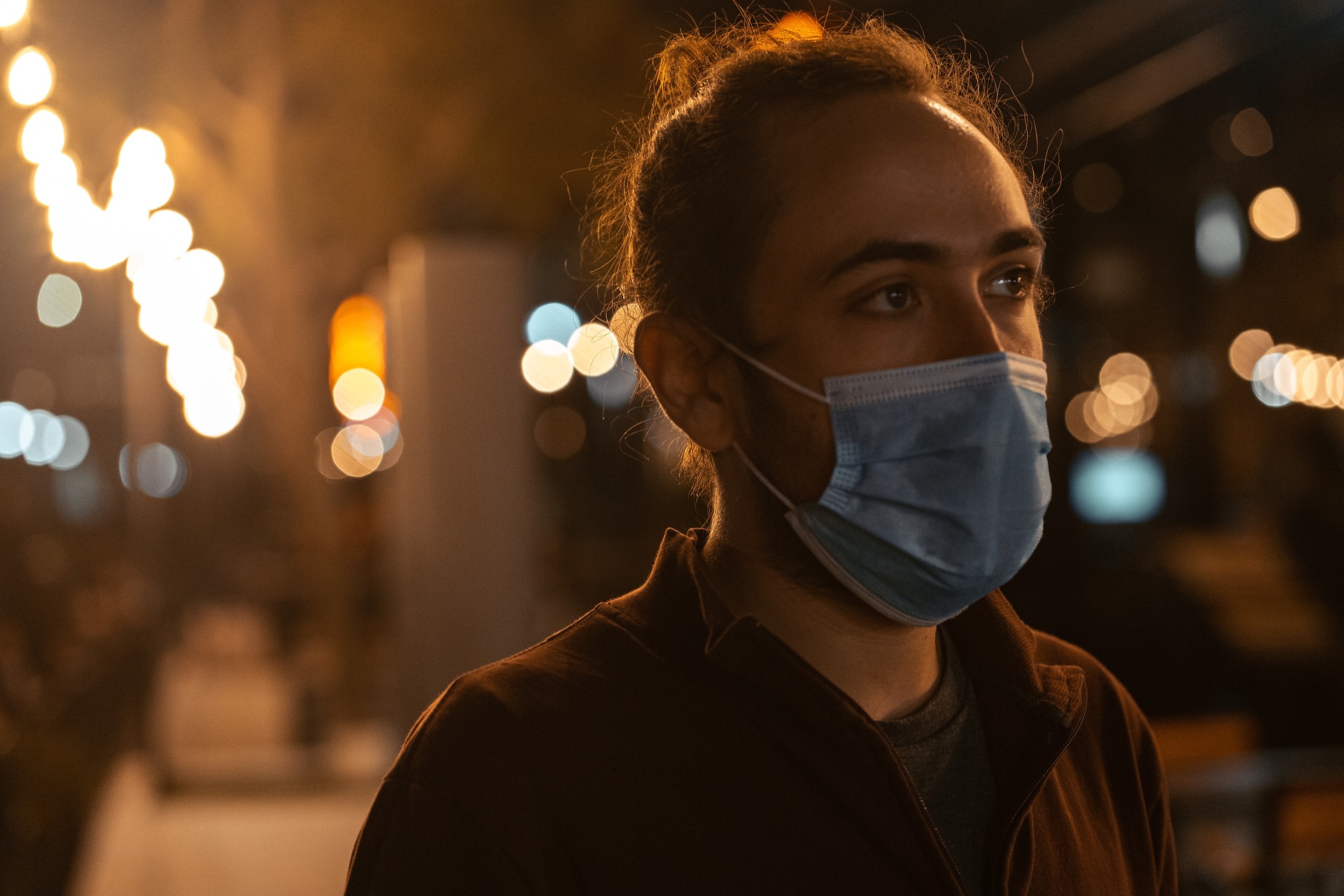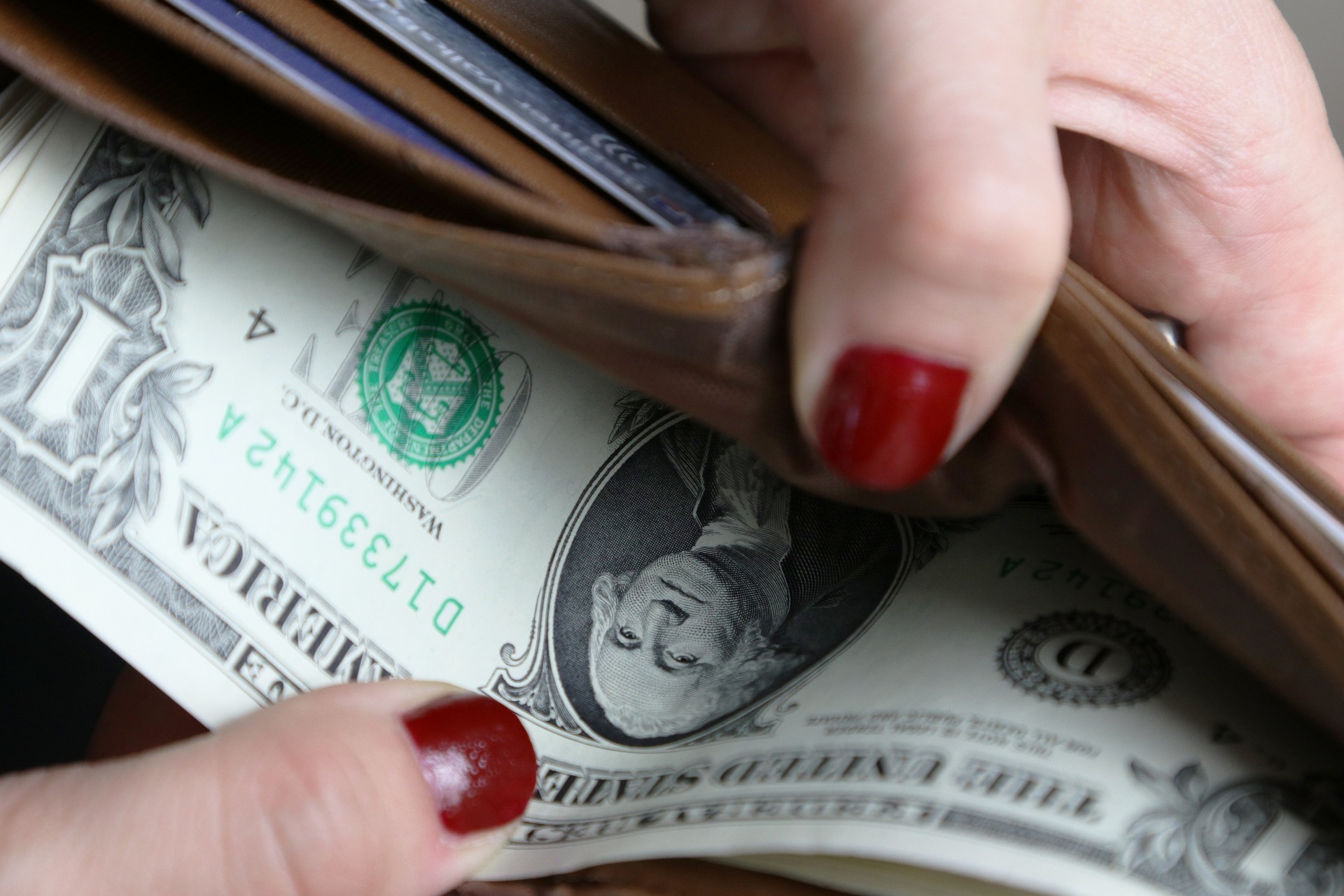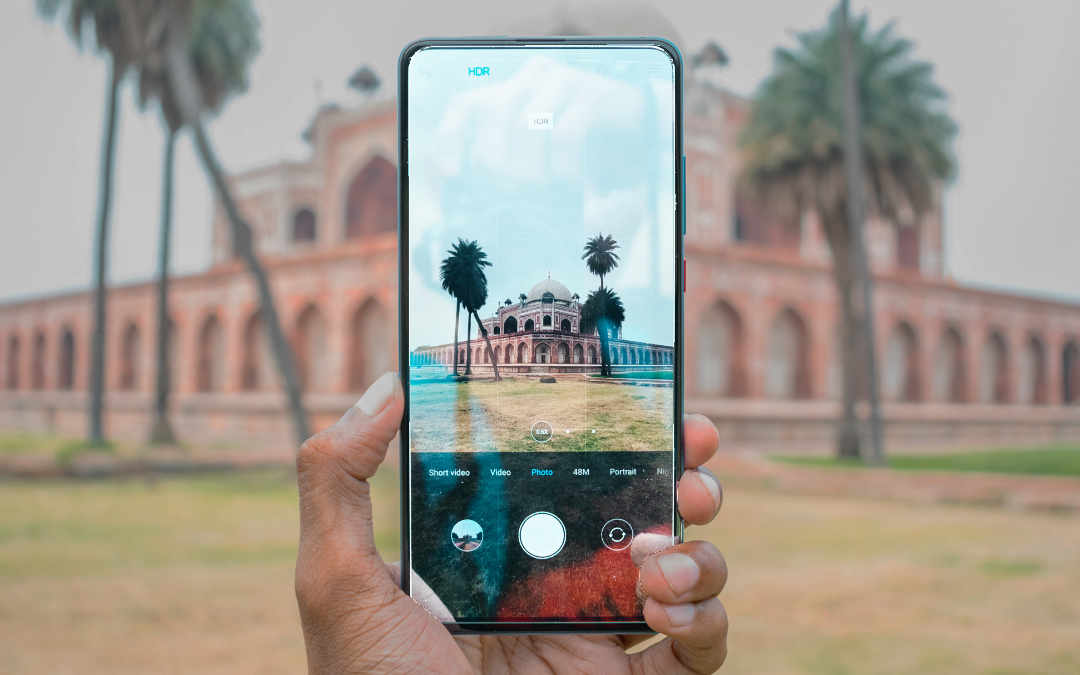The Social Narrative of Face Masks: Cultural Adaptation in Times of Crisis
It may seem mundane today, but the act of wearing a face mask in public has led to significant social and cultural changes in America. Browse below to explore this fascinating shift.

The Historical Reference
To grasp the profound societal shift centered on mask-wearing, one must understand its history. Though the use of face masks in public health is not a novel concept, with historical examples dating as far back as the Plague of Athens in 430 BC, it was not until the late nineteenth and early twentieth centuries, with the dawn of bacteriology, that surgical masks began to be commonly used among health professionals. Despite their long existence, the act of wearing masks outside the context of healthcare or specific industries was culturally alien to most Western societies, predominantly viewed as an Asian phenomenon associated with dense urban areas, pollution, or as a courtesy when one was ill.
Recent Emergence and Adoption
The COVID-19 pandemic, a global health crisis unparalleled in modern times, brought mask-wearing from the periphery directly into the center of daily life. Adoption was swift but not without its controversies. Masks, a symbol of solidarity and mutual protection in some communities, became a source of friction and debates over personal rights and government authority in others. This stark divergence reflected the influence of societal values, politics, and media representation on cultural practices.
Implications and Significance
The divergence in attitudes toward mask-wearing is not just a product of the recent pandemic. It is revealing of much larger societal discourses—questions of individualism versus communitarianism, liberty versus safety, and our collective response to scientific expertise. The polarization observed in the mask debate is a stark representation of broader societal divisions.
However, mask wearing is no longer an anomaly in American life. As an incredibly adaptable society, Americans have not only normalized mask-wearing but also made fashion statements out of it. Depending upon where you look, masks have now become a medium expressing personality, political beliefs, and social causes—marking an interesting development in American material culture.
The Path Forward: Where Does Mask Wearing Stand Now?
As we continue to navigate the pandemic and contemplate a post-COVID world, the place of face masks in American society is still unfolding. On one hand, the adoption of mask-wearing impacted social behavior positively, fostering a sense of collective responsibility and action towards communal well-being. On the other, it has fueled social and political friction. Metaphorically, face masks have become a visible symbol of an unseen virus and our collective response to it.
The Masks We Wear
In retrospect, it is intriguing to consider how a simple face cover became an object with profound social and cultural connotations in such a short period. However, focusing on face masks also becomes an opportunity to explore the complexity and adaptability of human societies. Indeed, the story of face masks is a tale of human resilience, complexity, and our shared efforts towards survival, demonstrating one more time the social aptitude to adapt and evolve in the face of crisis.
The mask journey illustrates how societies can transform entirely novel, foreign practices into the fabric of everyday life, and even further, how they can mold it to reflect their values, beliefs, controversies, and divisions. As sociologists and cultural analysts, we should continue examining these phenomena to better understand our evolving societal landscape—an endeavor that is simultaneously challenging and fascinating.




